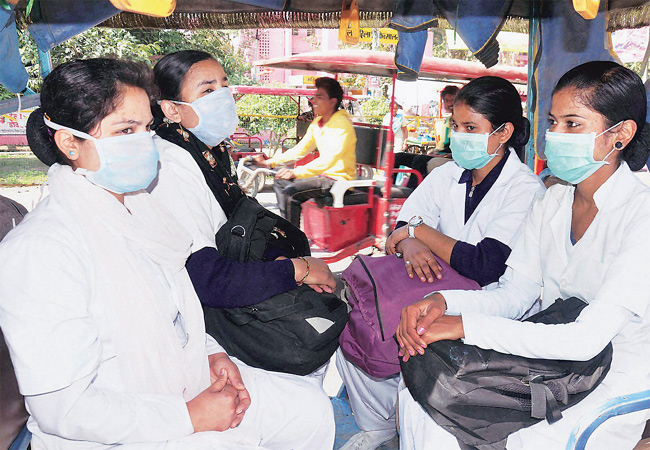
The debate on youth power seemed to veer around the familiar terrains of older conservatism versus newer irresponsibilities, the idealism then, waywardness now, a laidback world then, a rapidly aspirational generation fuelled by ever-changing technology now. There was this person born in 1945, educated in the elite Doon School and St Stephen’s College and represented India in three successive World Squash Championship tournaments. Right then a chance exposure trip to rural Bihar made him give up his promising career at the expense of being not spoken to by the near and dear ones. Instead, he chose to settle in back of beyond rural belt in Rajasthan to use his favorite term, “unlearn and then re-learn”. A journey where, for three years he learnt to go down inside deep mines to blast rocks in search of water. At the age of 27, he had established a centre to explore meaningful ways in which, the rural poor could find their feet to lead their own lives. The centre, today, is known as Barefoot College. It has trained over 3 million people in diverse set of skills (according to Wikipedia) and the person is Bunker Roy, once described by Time in 2010, to be among the 100 most-influential people in the world.
And then there was another person, born in 1959 in rather humble circumstances near Meerut, brought up on muffasil education, albeit exposed to a bit of Gandhian practices early in life, trained as a traditional ayurvedic vaidya, to be settled for life on a government job in small places. He too decided to give it all up at the age of 26, took a bus to Rajasthan (a mere coincidence!) till where the bus went and began his life afresh. In search of meaning, he met a local villager, who initiated this ayurvedic vaidya’s process of “unlearning and re-learning”, by orienting him towards traditional water-conservation techniques in the parched lands of Rajasthan. The person today is known as Rajendra Singh, The Water Man of India, having brought water to over 1,000 villages and reviving five rivers, for which he was recently awarded Stockholm Prize, also called the Nobel Prize for Water, in 2015.
Two entirely different personalities, born and brought up in very different circumstances and yet displaying uncanny similarities in their career trajectories! We were listening to these inspiring people last week during a team workshop and wondering what it means to be young today, as 2015 draws to a close. The debate seemed to veer around the familiar terrains of older conservatism versus newer irresponsibilities. India is poised to become the World’s Youngest Nation by 2020, having more than 50 per cent of its population under the age of 35. There has been an occasional outburst in mainstream media about how to harness this so-called demographic dividend for the country’s economic growth. There has been a lament about the continuing “brain-drain” with an occasional voice to the contrary. There have been statistics bandied about new
universities being opened up to cater to the new aspirations; public conversations on the role of the new angry youth behind the recent Arab Spring and Occupy Wall Street and the Support Nirbhaya or anti-corruption marches nearer home. In the meanwhile, the larger not-so-hidden narrative about the youth being the new consumer base of India’s growth story continues. In short, youth is the producer of growth and also its consumer; the radical of the present and also its rightwing troll; the liberator of India’s shackled aspirations but also the flagbearer of the wayward unsustainable consumption.
But taking a cue from the above-mentioned two stalwarts, nobody seems to enquire further as to what actually drove these people to take risks, to be humble enough to start afresh amidst all the cacophony of established career paths. And there aren’t just these two; there are hundreds and thousands of such examples amidst us. Interestingly, the debate was further accentuated by representatives of Pravah, a Delhi- based organization working with youth. They passionately argued for a space where youth shouldn’t be treated with the usual lenses of cynicism or utilitarianism, use-and-throw mindset. Instead, they should be allowed to explore their own options, in which they find meanings to their own lives, just the way Bunker Roy or Rajendra Singh did.
The need therefore, is not to cajole them or to guide them. The need, simply is, to create such safe spaces where they could experiment, unlearn, re-learn in order to find themselves. If, in the process, they become Bunkers and Rajendras of this age, well and good; if not, they will at least have the satisfaction of making their own life choices.
(The author works for Delhi-based WaterAid India, a not-for-profit organization)





Be the first to comment